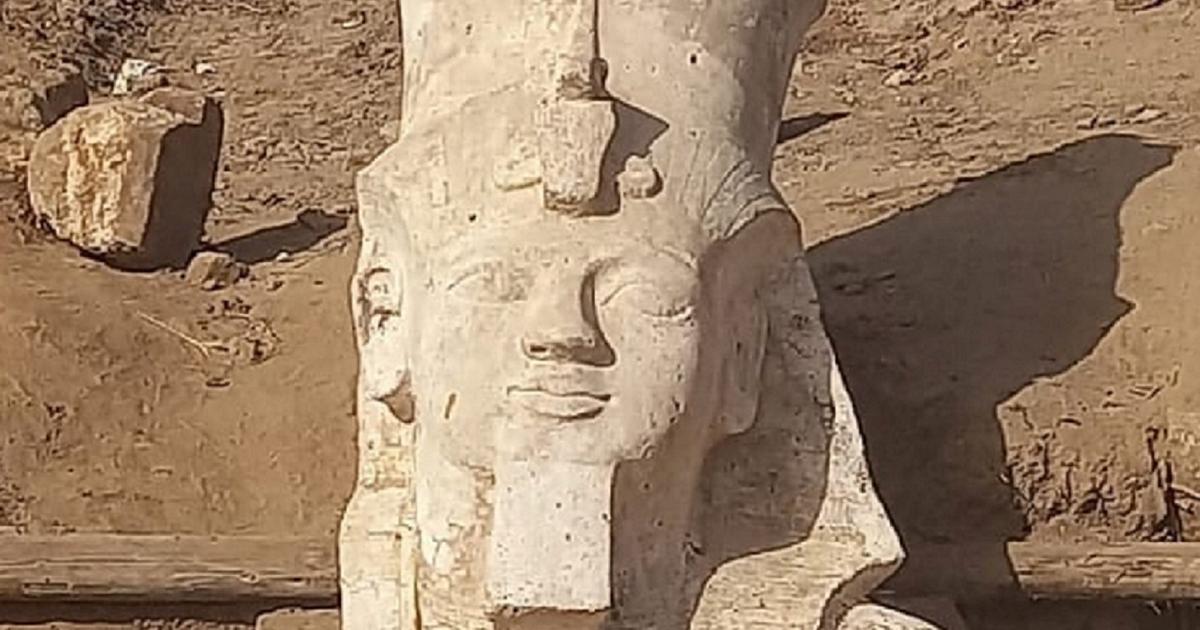Enlarge image
New dino species
Serpentisuchops pfisterae
: »snaky croc-face«
Millions of years ago, a giant, long-necked reptile swam through the sea.
It swung its snake-like neck back and forth, using its crocodile-like jaws to prey on fish and other small sea creatures.
Where one of these animals once perished is now the US state of Wyoming.
Paleontologists discovered fossils of this sea monster during a 1995 excavation in the little-explored uppermost part of the Pierre Shale, a geological formation from the Late Cretaceous period (about 101 to 66 million years ago).
Now the researchers have published a study of the marine reptile that found this animal had physical traits that set it apart from other members of this extinct group of marine reptiles.
These plesiosaurs actually come in two different morphological types.
"They either have a long, snake-like neck with a small head, or a short neck and long, crocodile-like jaws," Live Science quoted Walter Scott Persons as saying.
He is a paleontologist at the College of Charleston, South Carolina, and the study's lead author.
"This strange, unique animal is a cross between the two."
Serpentisuchops pfisterae, or: »snaky croc-face«
Enlarge image
Serpentisuchops pfisterae
Photo: Walter Scott Persons IV / A long-snouted and long-necked polycotylede plesiosaur from the Late Cretaceous of North America / iScience
Paleontologists named the animal
Serpentisuchops pfisterae
, which means "snake crocodile."
In English it sounds even snappier, "snaky croc-face".
The remains of this seven meter long creature were unearthed more than 25 years ago and have since been on display at the Glenrock Paleontological Museum near Casper, Wyoming.
Since then, paleontologists have studied the animal's remains extensively.
About 35 percent of the body survives, including a lower jaw, a considerable part of the skull, the complete neck, vertebrae, most of the tail and some ribs.
Only the fins or paddles that the creature must have used to swim are missing.
Nineteen teeth also survive, only one remaining in the jaw while the others were scattered among the remains.
However, according to the study, the presence of roots in the jaw confirmed that the teeth came from this particular specimen and not from another plesiosaur.
Enlarge image
The teeth
Photo: Walter Scott Persons IV / A long-snouted and long-necked polycotylede plesiosaur from the Late Cretaceous of North America / iScience
The teeth are tapered and have no cutting edge - apparently the animal could not bite through thick bones, but used its teeth to stab prey.
It would probably be about slippery prey animals that could not defend themselves, such as small fish.
Walter Scott Persons is excited about the discovery of the "snake-like crocodile face".
"This is an animal that is specialized in a way that sets it apart from all other plesiosaurs," says the paleontologist.
»This is a completely new ecotype.«
mgo






/cloudfront-eu-central-1.images.arcpublishing.com/prisa/2H3Z3GJU7NB4PBWQNG6QANTFQY.jpg)


